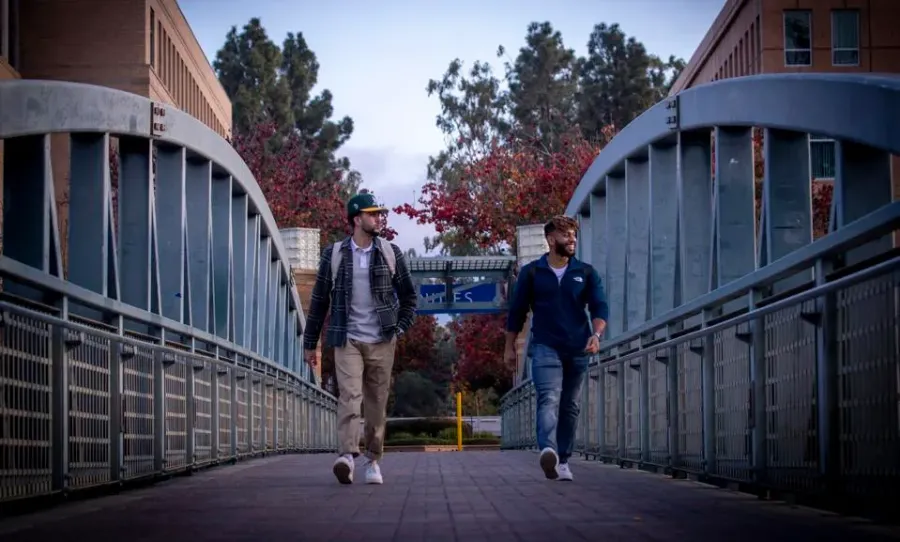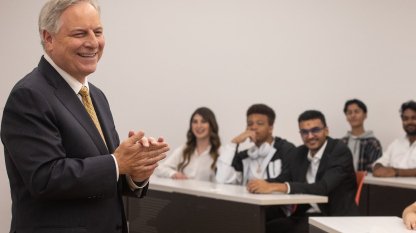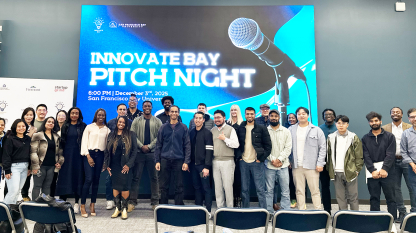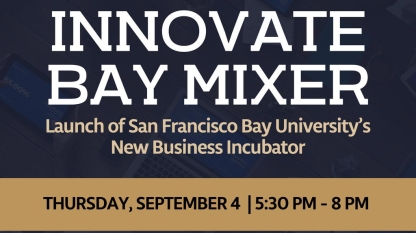
As the country enters a new presidential term, the nation’s divisions are glaringly evident, yet the challenges facing higher education offer a rare opportunity for common ground.
Regardless of political affiliation, Americans seem to agree that higher education is not on the right track. Where perspectives diverge is on the “why.”
Democrats often emphasize expanding access, ensuring that more people can attend college regardless of background or financial situation. Republicans frequently focus on affordability and the alignment of higher education with workforce needs, advocating for degrees that lead directly to economic mobility and career readiness. The reality, however, is that these goals are not mutually exclusive. This moment of heightened division is an invitation to rethink the system — to explore how we can have both affordability and access, academic rigor and career preparation.
Higher Education’s Balancing Act: Tradition Vs. Relevance
The debate about the value of higher education is not new, but its urgency has intensified. Rising tuition, questions about the return on investment, and the need for more adaptable learning pathways are central to public discourse. At the same time, employers increasingly demand workers with both technical skills and critical thinking abilities. This has left colleges and universities balancing a precarious act: delivering on their traditional academic mission while proving their relevance in a fast-changing world.
To succeed, higher education must move beyond a binary view of its future. It is not a choice between workforce alignment and broad-based education. It’s about creating institutions that deliver a holistic experience — one that prepares students for both the challenges of the workplace and the complexities of citizenship in a global society.
However, many institutions have strayed from this balance, allowing faculty overreach to drive curricular expansion that serves academic interests rather than student needs. The result is a bloated curriculum filled with esoteric or redundant courses that increase time to graduation and drive up costs without necessarily enhancing career readiness. Colleges must resist the temptation to add programs without careful consideration of long-term relevance. Streamlining curricula to focus on essential knowledge and adaptable skills is not an attack on academic freedom — it’s a necessary step toward ensuring that students graduate with degrees that are both intellectually enriching and economically viable.
A Bipartisan Path Forward
Policymakers can play a critical role in facilitating this shift. Republicans and Democrats alike have reason to support reforms that prioritize students. Access without affordability is an empty promise, while affordability without meaningful outcomes risks eroding public trust. A bipartisan approach to higher education should focus on fostering innovation, streamlining pathways to completion, and ensuring students graduate with skills that serve them for a lifetime.
This is not just a policy conversation; it is a challenge to institutions themselves. Colleges and universities must embrace bold reforms that meet the needs of today’s students. That means abandoning one-size-fits-all models in favor of flexible, student-centered designs. It means using technology to expand access, lower costs, and personalize learning. And it means creating stronger connections between education and work — not by reducing college to job training, but by recognizing that adaptability and critical thinking are the keys to lifelong success.
This also requires intentionality in how institutions design their degree programs. Offering majors simply because they have historical precedent or faculty interest is no longer justifiable. Universities must think beyond preparing students for jobs that may become obsolete within a decade and instead equip them for lifelong careers that evolve over time. The most valuable graduates will not be those who trained for a single static role, but those who possess resilience, tenacity, and a global perspective — qualities that empower them to lead, innovate, and adapt in an unpredictable future.
Already, examples of such innovation exist. Institutions that place students at the center of their mission are proving that reinvention is not only possible but necessary. They are rethinking the student experience (from academic support services to comprehensive wellness and mental health availability), breaking down barriers to access, and designing programs that prepare graduates to thrive in a complex, interconnected world. These models serve as proof points that higher education can address the challenges of affordability, access and outcomes without sacrificing quality.
The Future Of Higher Education: Lead Or Fall Behind
As the political landscape continues to evolve, the stakes for higher education are clear. The next few years will test the sector’s willingness to embrace change. Colleges that cling to outdated models risk irrelevance and closure, while those that innovate will demonstrate their enduring value to society.
This is not a moment for incremental progress. Higher education must rise to the occasion by fostering partnerships across industries, embracing technological advances, and ensuring that every student — regardless of background — has access to an education that transforms their life. By working together, policymakers, institutions, and communities can chart a path that unites access and affordability, academic rigor and career readiness.
The promise of higher education has always been its ability to transform lives and drive progress. That promise can be renewed, but only if we are willing to think differently, work collaboratively, and challenge the status quo. In doing so, higher education can once again affirm its place as a cornerstone of opportunity and innovation for all.
This article was written by President Nicholas Ladany and originally published on Forbes.


